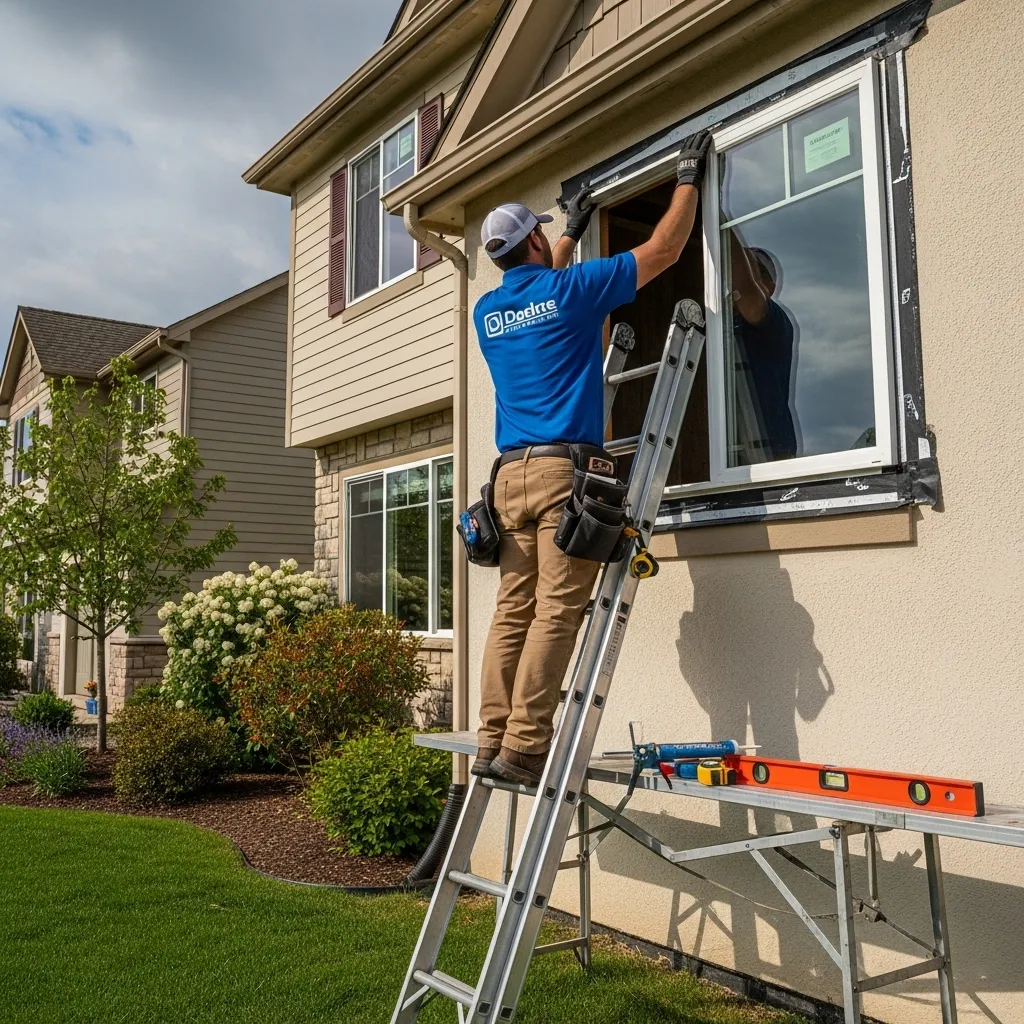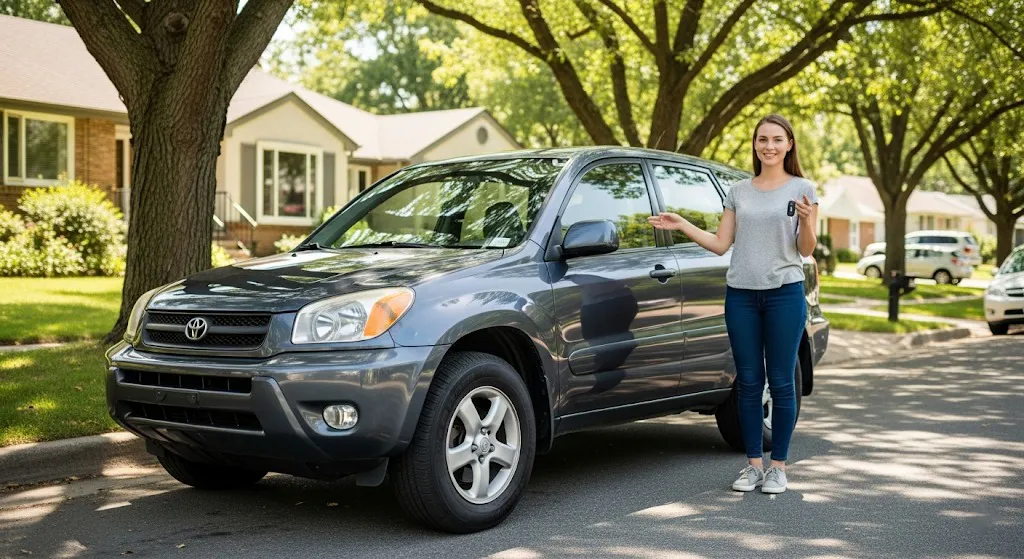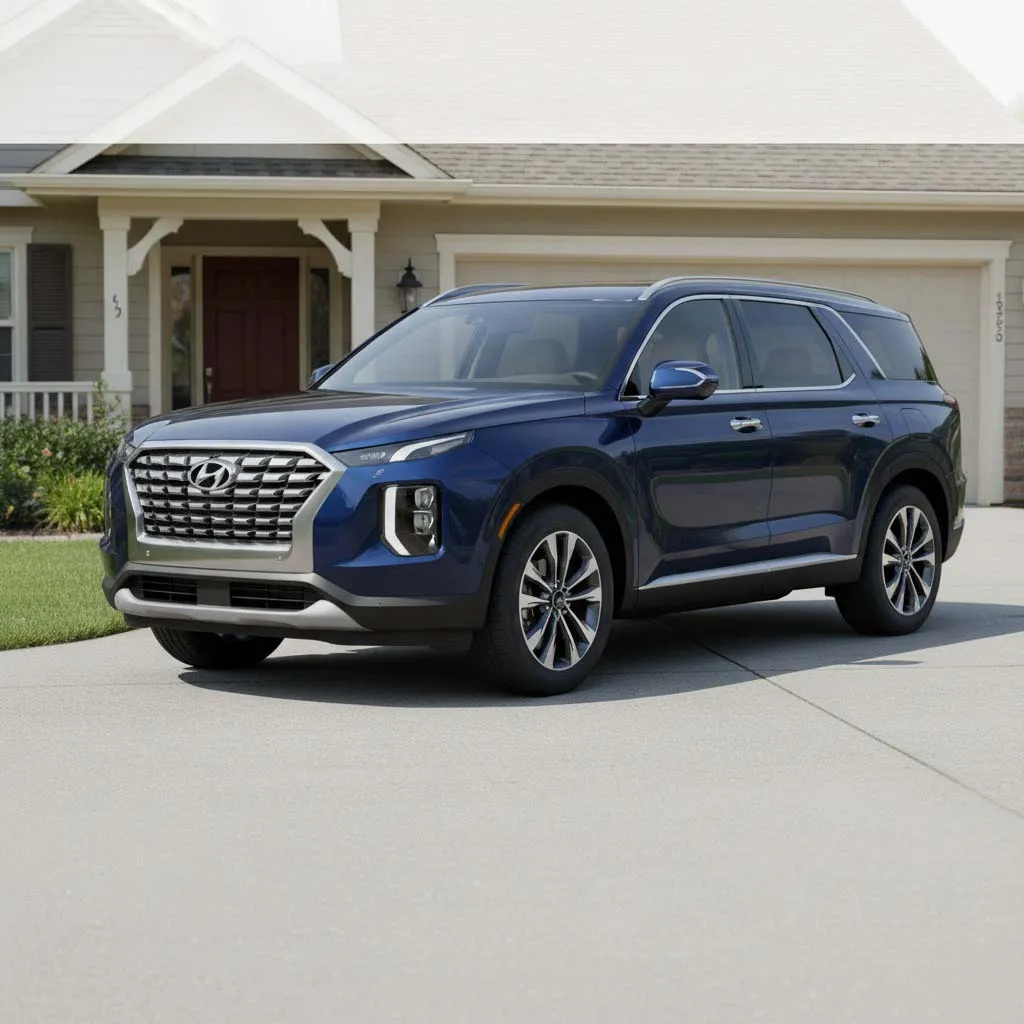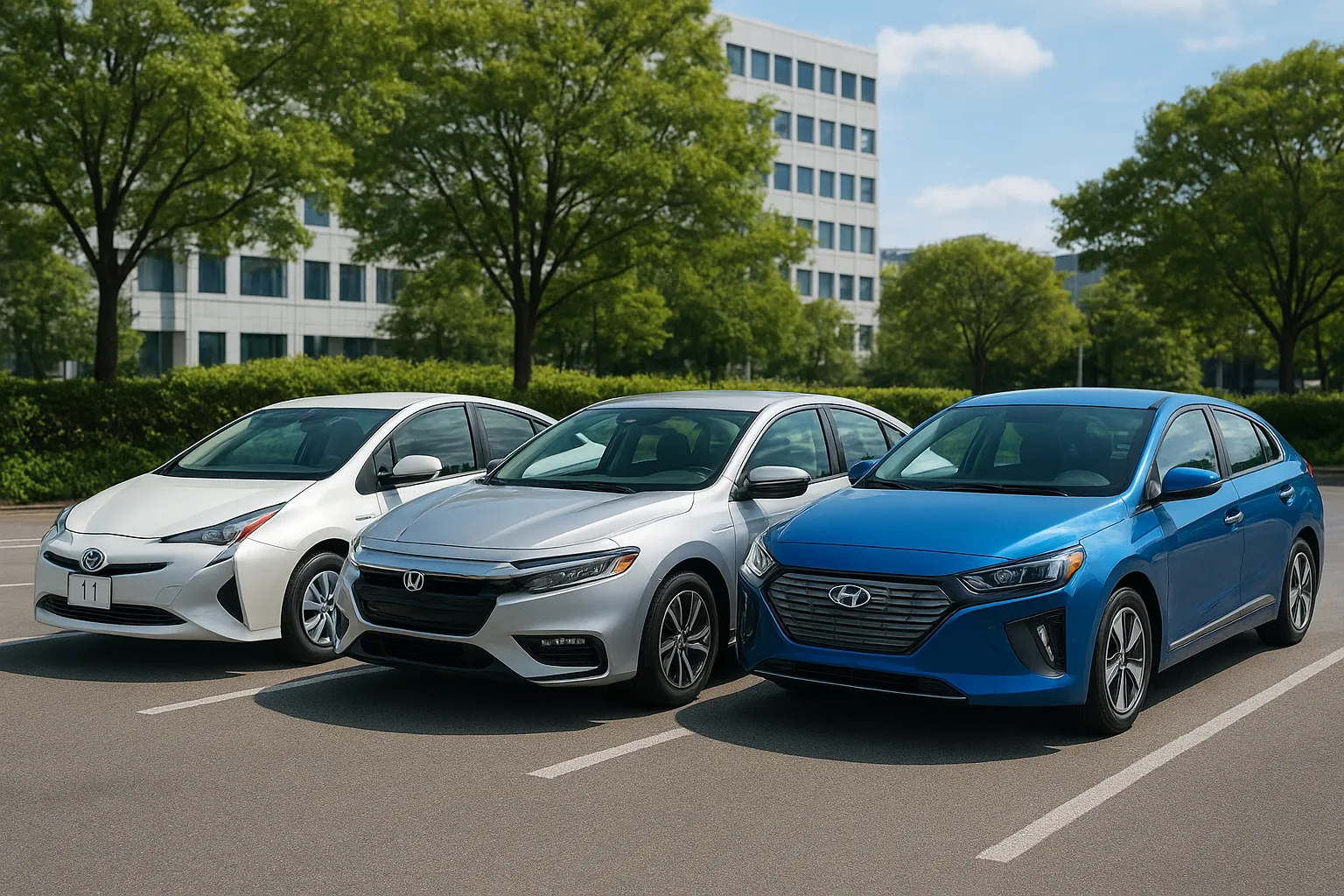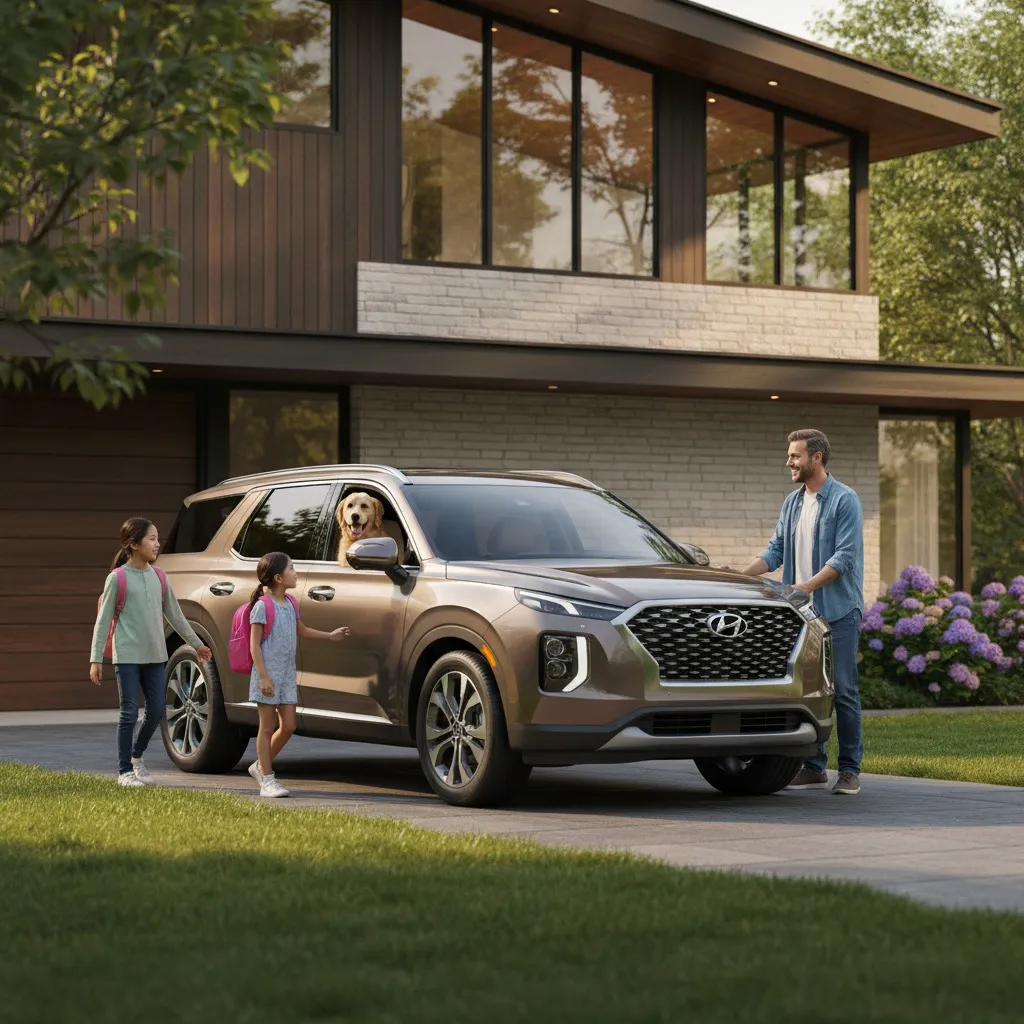Used Car Negotiation Tips: Mastering the Art of Getting the Best Deal
Buying a pre-owned vehicle can be a smart financial decision, but walking into a dealership or meeting a private seller without a plan often leads to paying more than necessary. That’s where solid used car negotiation tips come in. By learning negotiation strategies, preparing your research, and managing the conversation effectively, you can save thousands of dollars and secure a better vehicle.
This guide will walk you step-by-step through everything you need to know to master the negotiation process from start to finish.

Understand the Psychology of Negotiation
Before diving into numbers and offers, it’s essential to understand the mindset behind used car negotiation tips. Negotiation is not about confrontation - it’s about communication. Many buyers mistakenly approach it as a battle, but it’s better to think of it as a collaboration where both parties want a win-win outcome.
When you frame the discussion as a cooperative effort, sellers are less likely to get defensive and more willing to compromise. This approach helps you build rapport, which is one of the most overlooked used car negotiation tips for beginners.
Why Emotions Matter
Car buying is emotional. Sellers might have personal attachments to their vehicles, while buyers often get excited and lose objectivity. By keeping your emotions in check and reading the other person’s emotional cues, you can use empathy as a negotiation tool - showing understanding while still advocating for your interests.
Do Thorough Market Research Beforehand
One of the golden used car negotiation tips is to arrive at the table well-informed. Researching the car’s value before you start negotiating gives you a strong position. Use trusted pricing platforms like Kelley Blue Book, Edmunds, or NADA Guides to find the fair market value based on the vehicle’s make, model, year, mileage, and condition.
Bring printed or saved price comparisons from local listings to support your offer. When you can show real numbers, your argument becomes factual rather than emotional, making it harder for the seller to push back.
Build a Price Range
Instead of having one fixed price in mind, create a range: your ideal price, your target price, and your walk-away price. This gives you flexibility during the discussion and prevents you from overpaying in the heat of the moment.
Inspect the Car Thoroughly
Physical inspection plays a major role in used car negotiation tips. The more flaws you can identify, the stronger your position becomes. If possible, bring a trusted mechanic to examine the car, or pay for a pre-purchase inspection (PPI). Spending $100–$200 could save you thousands later.
Even without a mechanic, you can check for obvious issues: tire wear, brake performance, engine noises, leaks, and dashboard warning lights. Every problem you uncover becomes leverage to lower the price.
Use Issues as Bargaining Chips
List each defect and estimate the repair cost. For example, if new tires cost $600 and the current ones are bald, you can deduct that amount from your offer. This practical approach makes the negotiation about math, not opinion.
Time Your Purchase Strategically
Timing can dramatically influence your success in applying used car negotiation tips. Sellers are more flexible when they’re under pressure to close a deal. For dealerships, this often happens at the end of the month or quarter when they’re trying to hit sales quotas.
Private sellers, on the other hand, may be more open to lowering prices if the car has been listed for a long time or if they need quick cash. Watching the listing age can tell you when to make your move.
Seasonal Advantages
Prices often dip during winter months when demand is lower, while tax season might increase competition and prices. Buying during the off-season can give you an edge.
Control the Conversation
Effective communication is at the heart of all used car negotiation tips. The person who controls the conversation often controls the outcome. Be polite but assertive, ask open-ended questions, and let silence work in your favor - sellers often fill silence by lowering their price or adding perks.
Don’t reveal your budget too early. If the seller knows your ceiling, they will push you toward it. Instead, focus on the car’s condition and value before talking numbers.
Power of Walking Away
Always be ready to leave if the deal isn’t right. This single tactic instantly shifts power to you because it shows the seller you have other options.
Make a Strategic First Offer
The first offer sets the anchor for all further negotiation - a crucial element in used car negotiation tips. Make your initial offer lower than your target price, but not so low that it insults the seller and ends the conversation. This gives you room to move upward while still ending near your goal.
Frame your offer respectfully. Use phrases like “Based on my research…” or “Considering the repairs needed…” to justify your number with evidence, not emotion.
Offer in Writing
If you’re negotiating through email or messaging, submit your offer in writing to make it feel more official. This can pressure the seller to respond more seriously.
Negotiate More Than Just Price
One of the smartest used car negotiation tips is to look beyond the sticker price. There are many other elements you can negotiate, especially with dealerships, such as:
- Free oil changes or maintenance services
- New tires, brakes, or battery replacement
- Full tank of gas or detailing
- Extended warranty or service contract
- Financing terms and interest rates
Negotiating these extras can save money and add value, even if the seller won’t budge much on the base price.
Use Third-Party Reports as Leverage
Data is one of your strongest allies when applying used car negotiation tips. Vehicle history reports from Carfax or AutoCheck can reveal accidents, title issues, or maintenance gaps that affect the car’s value.
If a report shows prior damage or multiple owners, present it during negotiation. Sellers often lower the price rather than risk losing the sale because of negative history.
Show Competing Listings
Print or save ads for similar cars at lower prices. This gives the seller a clear reason why you expect a better deal.
Finalize the Deal Correctly
Closing the deal properly is the last stage of effective used car negotiation tips. Once you agree on a price, put everything in writing - purchase agreement, any promised repairs, and included extras. A verbal promise is not legally binding.
Double-check all paperwork such as the title, bill of sale, odometer reading, and lien release (if applicable). Skipping this step can cost you time and money later.
Secure Payment Safely
For private sales, use a cashier’s check or escrow service to protect both sides. For dealerships, review all fees to ensure there are no hidden add-ons.
Evaluate and Learn for the Future
Even after the purchase, one of the best long-term used car negotiation tips is to reflect on what worked and what didn’t. This builds your confidence and skills for the next time you buy a vehicle.
Keep a record of the steps you took, the responses you got, and the outcome. Over time, you’ll become more comfortable negotiating not just cars but other major purchases as well.
Conclusion
Mastering these used car negotiation tips will give you a significant advantage in one of the largest financial decisions most people make. From understanding negotiation psychology to timing your purchase, controlling the conversation, and using data as leverage, these strategies help you get the best possible deal without stress or conflict.
Remember: Preparation is power. When you walk in with knowledge, confidence, and a clear plan, you can save thousands and drive away with a vehicle - and a deal - you’re proud of.


